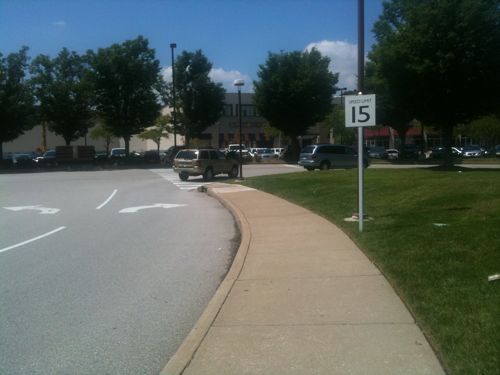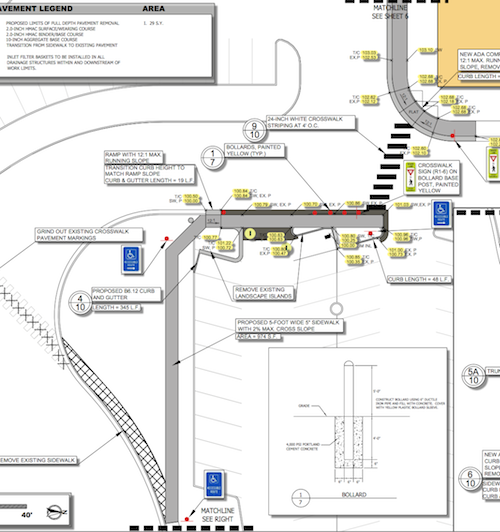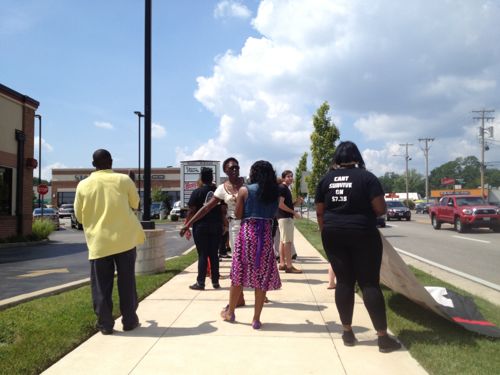Downtown Trolley Ignored By Metro, CVC, & Downtown Community Improvement District
In July 2010 the #99 downtown circulator became the #99 downtown trolley, a bus wrapped in a cartoonish look.
“We are pleased to introduce this new trolley service, which will not only benefit downtown residents and workers, but also the millions of visitors St. Louis welcomes annually,” said Kitty Ratcliffe, president of the St. Louis Convention and Visitors Commission (CVC). “Just in time for the Fourth of July holiday weekend, this new service will enable tourists to experience more of the world-class attractions, sports venues, culture, retail and dining that St. Louis offers.” (Partnership)
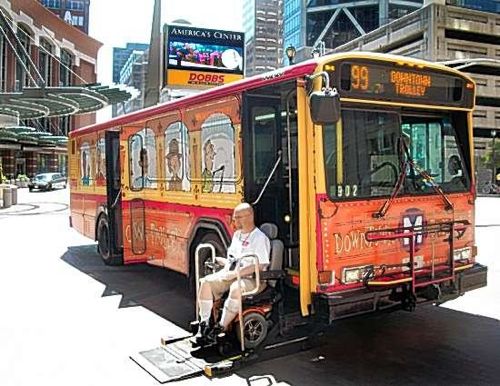
Many laughed three years ago, but based on observations during my use, I’d say it has been a resounding success. I regularly see other downtown residents, workers, & tourists on the trolley bus. It does the job Metro, The Downtown Community Improvement District, and the Convention & Visitors Commission intended.
Unfortunately, it is all too often ignored by these three entities. I’ve got two examples:
First, I overheard a Metro employee helping tourists who wanted to go from the Crowne Plaza hotel to Sweetie Pies’ Upper Crust the next day. The Crowne Plaza is located downtown at 200 N 4th St (@ Pine St) and Sweetie Pies’ Upper Crust at 3643 Delmar in Midtown/Grand Center.
The Metro employee suggested walking to the Convention Center MetroLink station to catch the train to Civic Center MetroLink station to catch the #97 (Delmar) MetroBus to Sweetie Pies. Really?
I’d have suggested catching the #99 trolley across Pine St, taking it to the City Museum stop on 16th between Delmar & Washington Ave, walking half a block to 16th & Washington Ave to catch the #97 to Sweetie Pies. Google Maps agrees, though it would make the transfer at 14th & Washington.
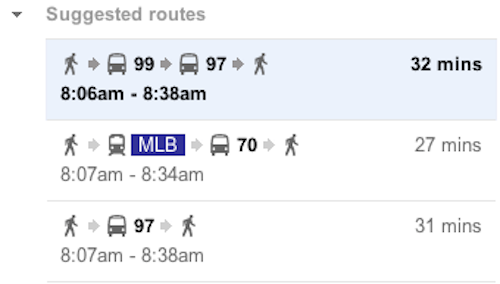
The order of suggested routes does vary based on departure or arrival times. The MetroLink option it suggests is to go to Grand and take the #70 bus north to Delmar. This may have been what the Metro employee told them to do, but I’m pretty sure I heard her suggest the Civic Center. The point is people get needlessly directed to MetroLink, having them walk more or go way out of their way. I’d never want a tourist to try to find the #97 bus after leaving the train, it is confusing to me and I know the area well.
The other example is one of omission.
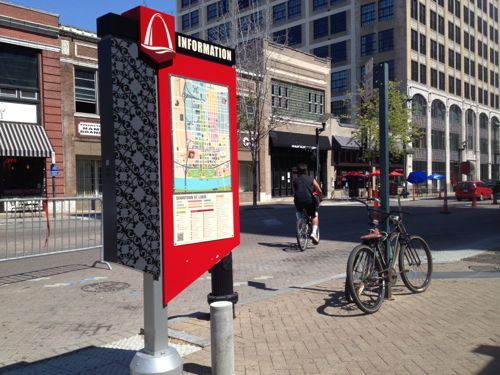
Yes, the pedestrian directories to help tourists navigate downtown doesn’t the trolley route & stops. It’s as if the trolley doesn’t exist at all.
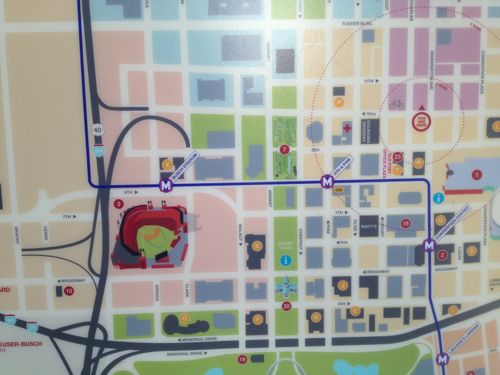
Trolley info doesn’t appear on the downtown directories! Such a huge omission, but not surprising given the anti-bus attitude of so many. The trolley route could easily be shown on the directories.
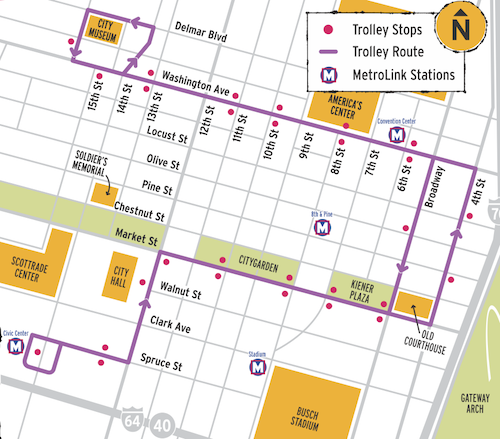
The directory listings are just printed, easily updated. I’ll be notifying all three entities (Metro, Downtown CID, CVC) about the omission. We’ll see how long it takes to get them updated.
— Steve Patterson



